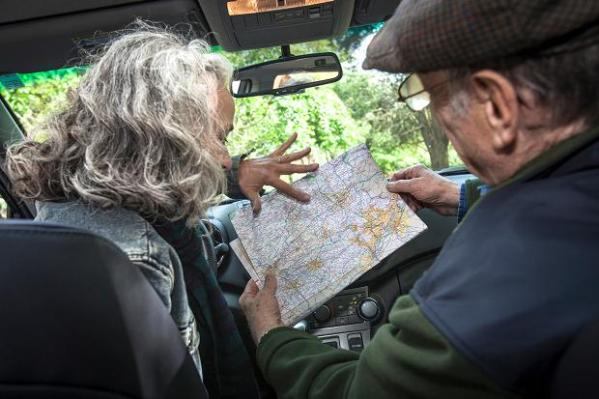The Department of Transportation is angling for regulatory control over navigational apps as a part of the Obama administration’s proposed transportation bill, which is expected to pass later this year.
This particular part of the bill would give the National Highway Traffic Safety Administration the ability to enforce a set of rules for navigation apps on smartphones, which many drivers find more convenient and less expensive than built-in navigation systems. These rules would be subject to change, and apps would have to comply as regulators see fit.
And yet again, the law struggles desperately to keep up with the pace of technology.
The issue of navigation apps being used on the road is already at play.
The NYT reports that tickets have already been written for drivers who were using a Maps app, and some have been appealed. After all, holding a paper map in front of your face while driving can’t be safer than using a smartphone map.
However, car accidents are still a leading cause of death and injury in the United States. And texting while driving, and other distraction-related issues involving smartphones, have grown as central issues in state legislation over the past decade.
We consider it a given that the mechanical equipment in our cars is subject to regulatory approval, including built-in navigation systems that could theoretically lead us over a cliff, and yet Apple is the only barrier to entry for whether an app is suitable to tell you where to go in your car.
This coming from the same company that led motorists into the Australian outback, forcing local police to urge against the apps “life threatening” misdirections.
Obviously, Google Maps and Apple Maps share the vast majority of the market here, but other navigational apps like Waze would also be subject to any proposed rules.
As the NYT points out, Waze suggests against sending text updates to the crowdsourced map community, and even turns off the ability to post updates while the car is in motion. Of course, the “passenger” button is an easy override with no way of detecting the difference between a driver and a passenger.
Carmakers are in support of the idea, ever pushing customers toward their own built-in systems, while tech companies argue that the law would be difficult to enforce and impractical to comply with.
This isn’t the first time (nor will it be the last) that regulators fight in vain to keep up with technology. We’ve seen different narratives play out in the music and film industry, with Napster setting the stage for stories that are still playing out today. Just take a look at Aereo vs. the broadcasters, a Supreme Court decision we’ll likely hear soon.
The question is not if or when regulators will catch up to the tech industry. They won’t. That’s just the way it is.
